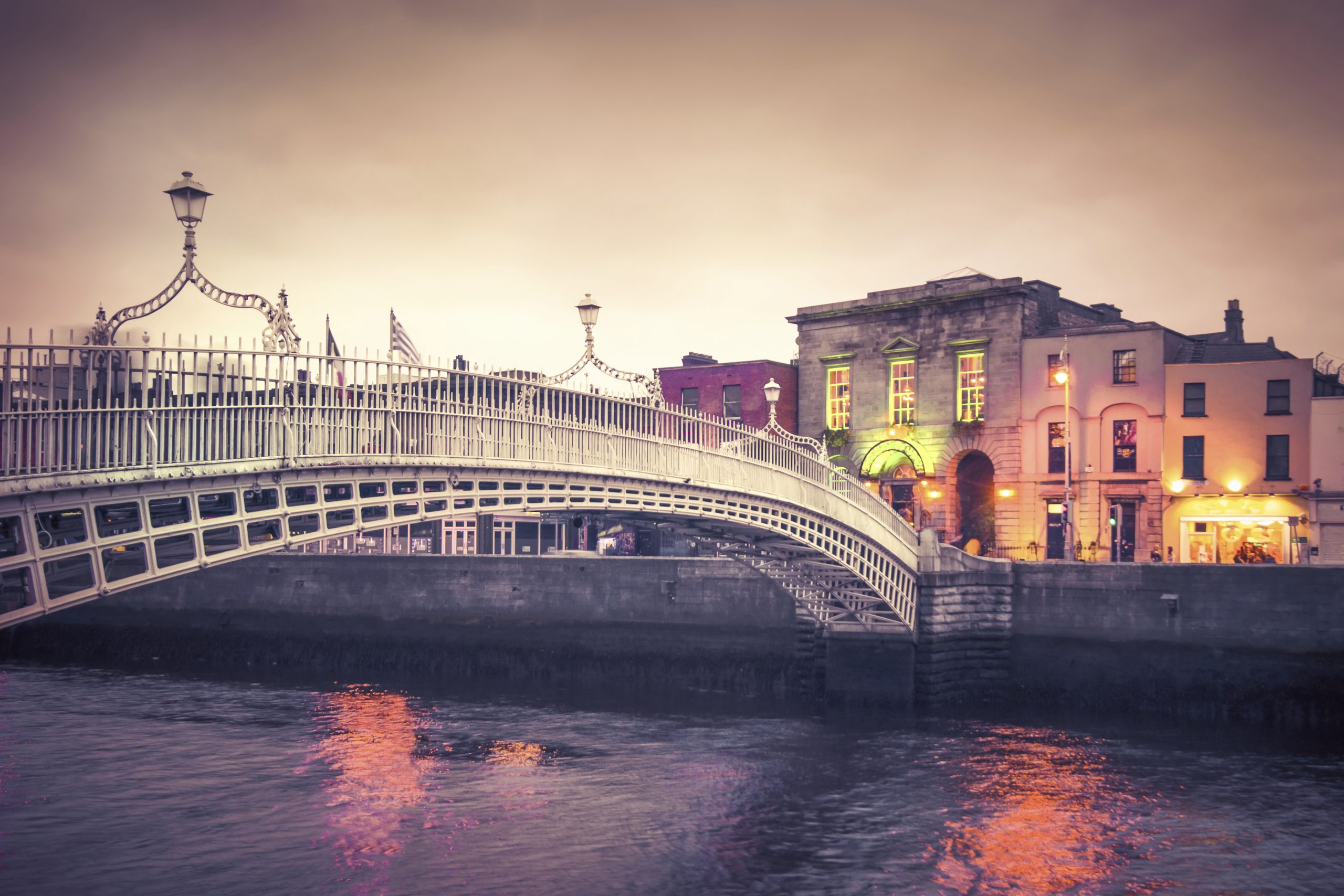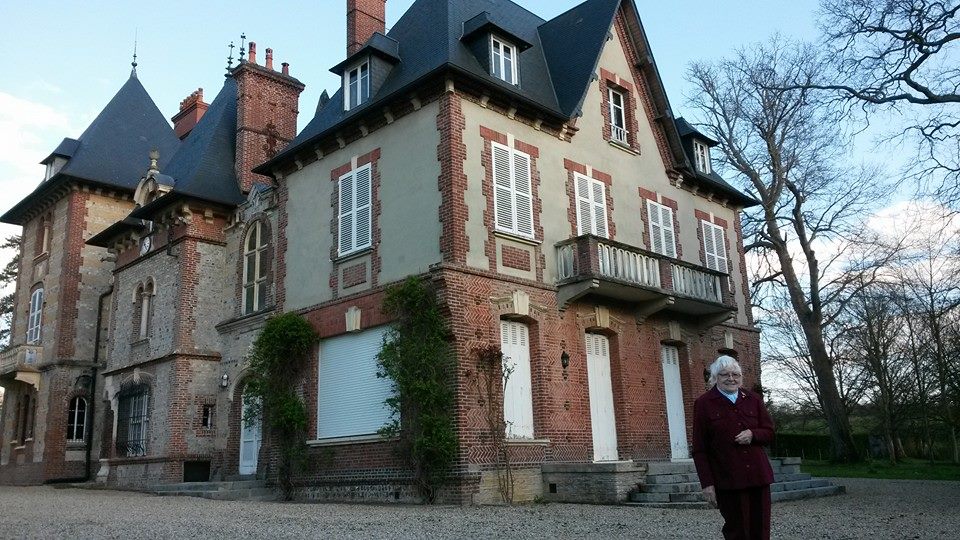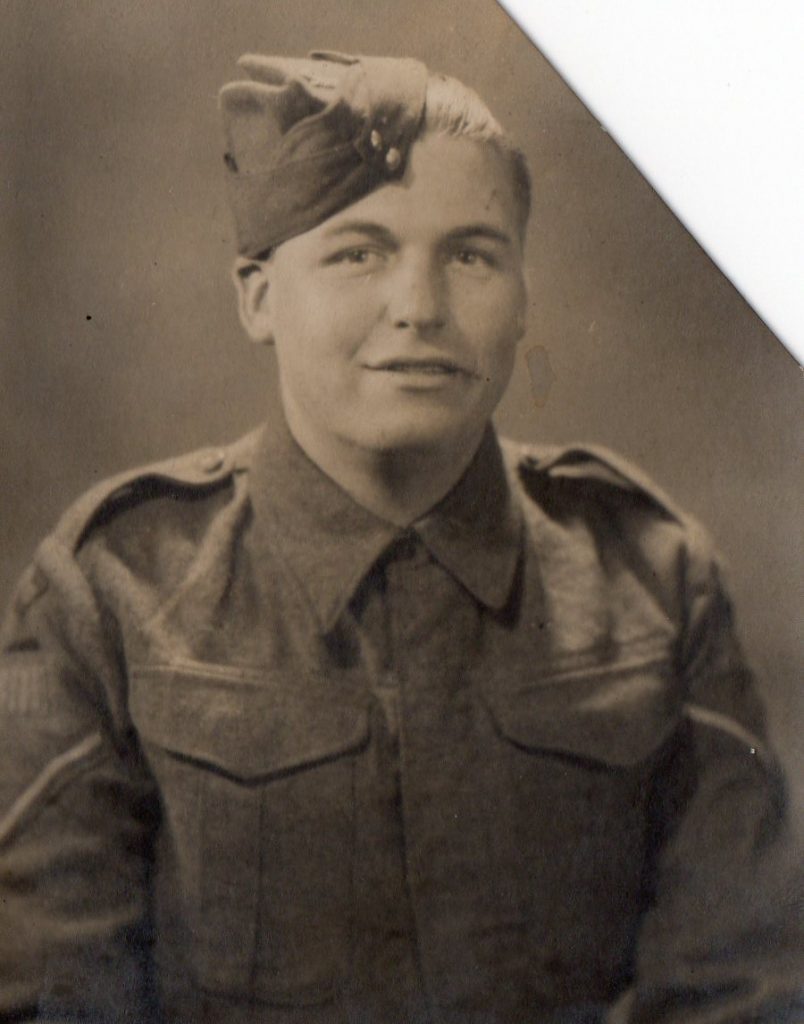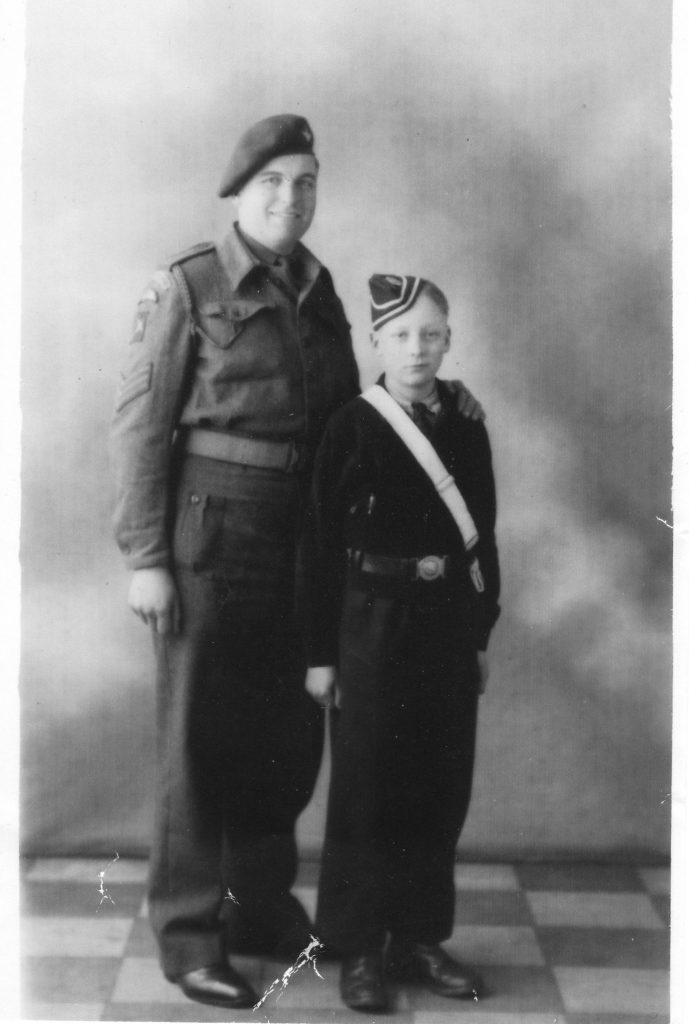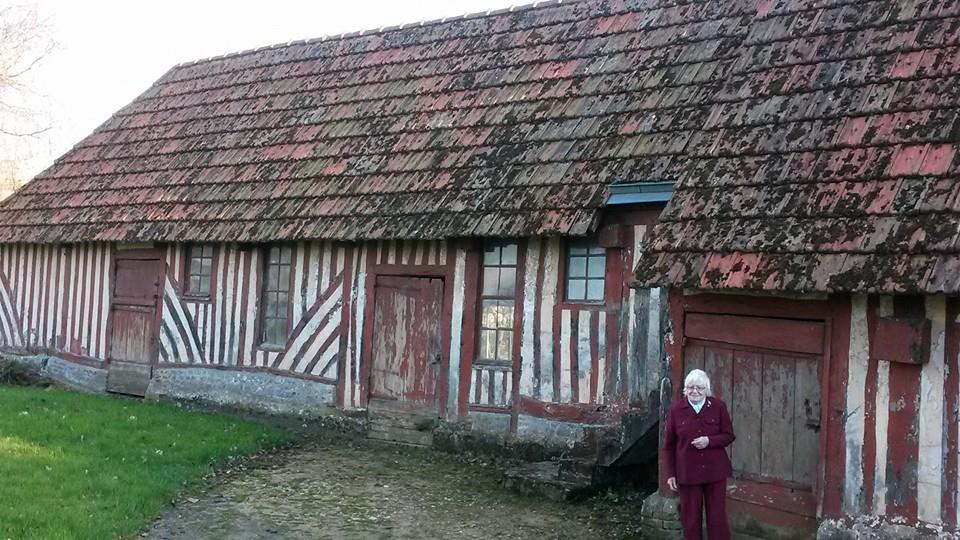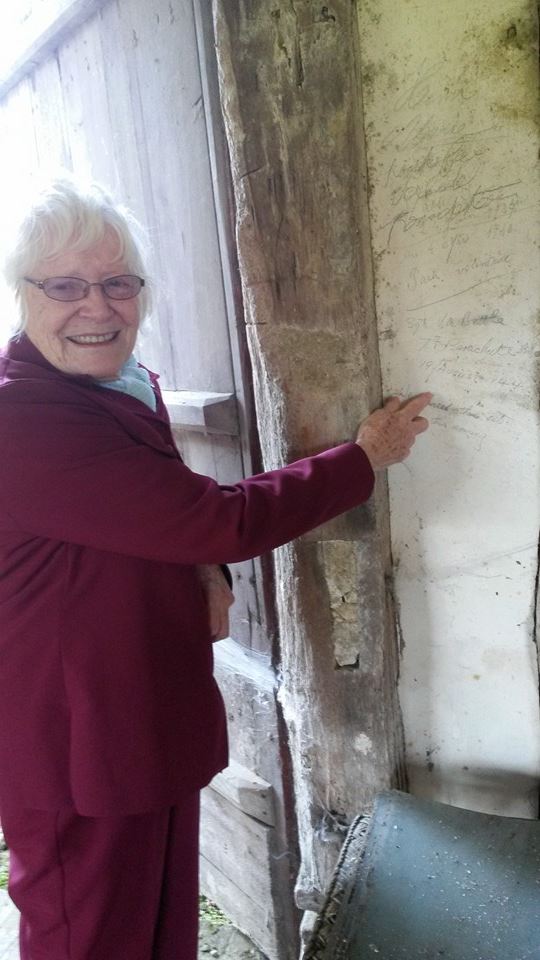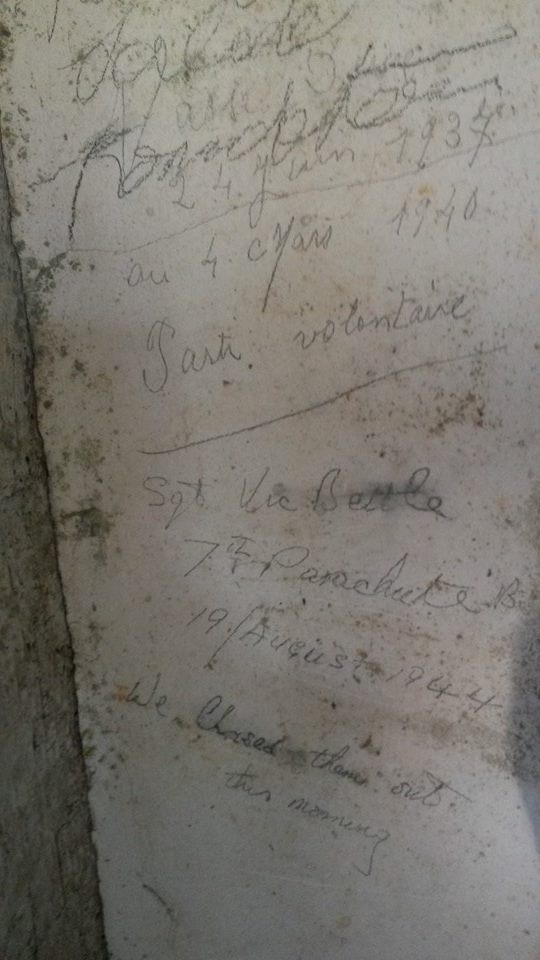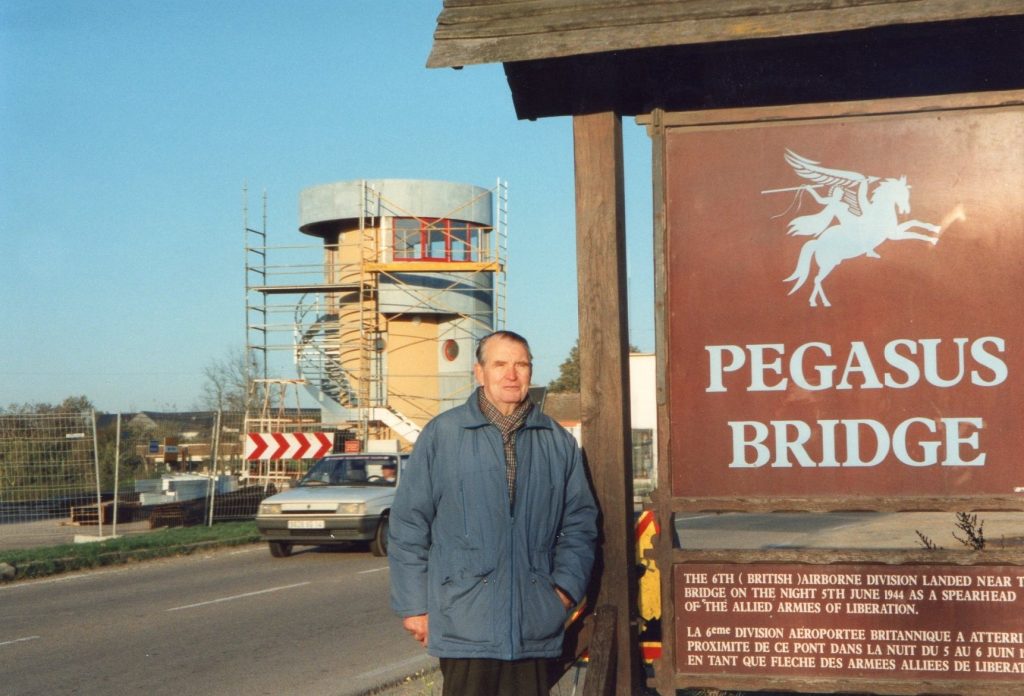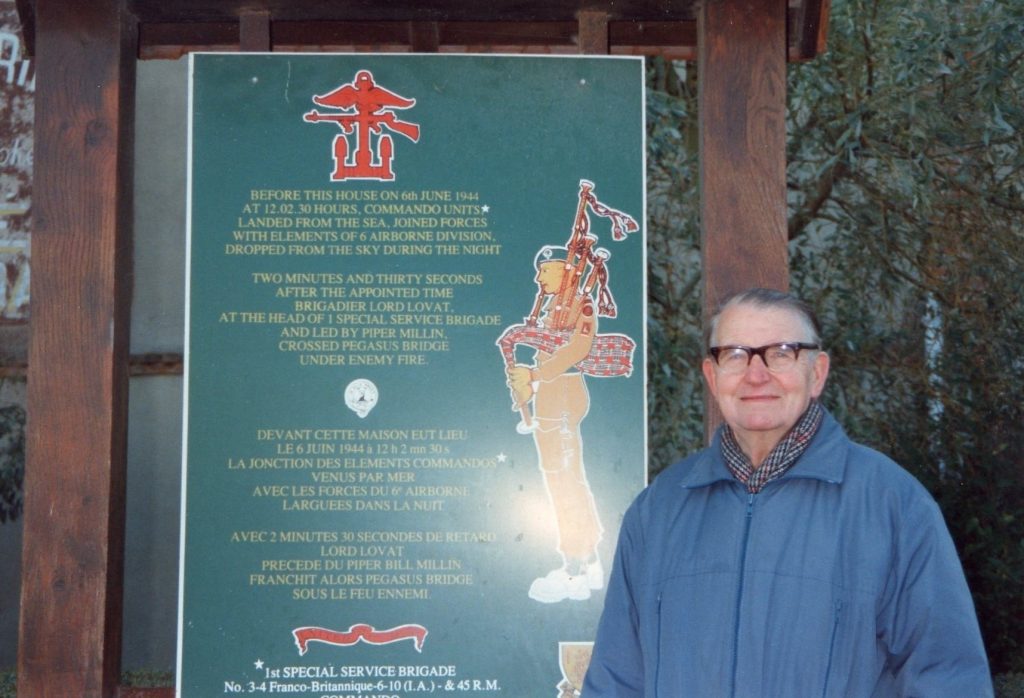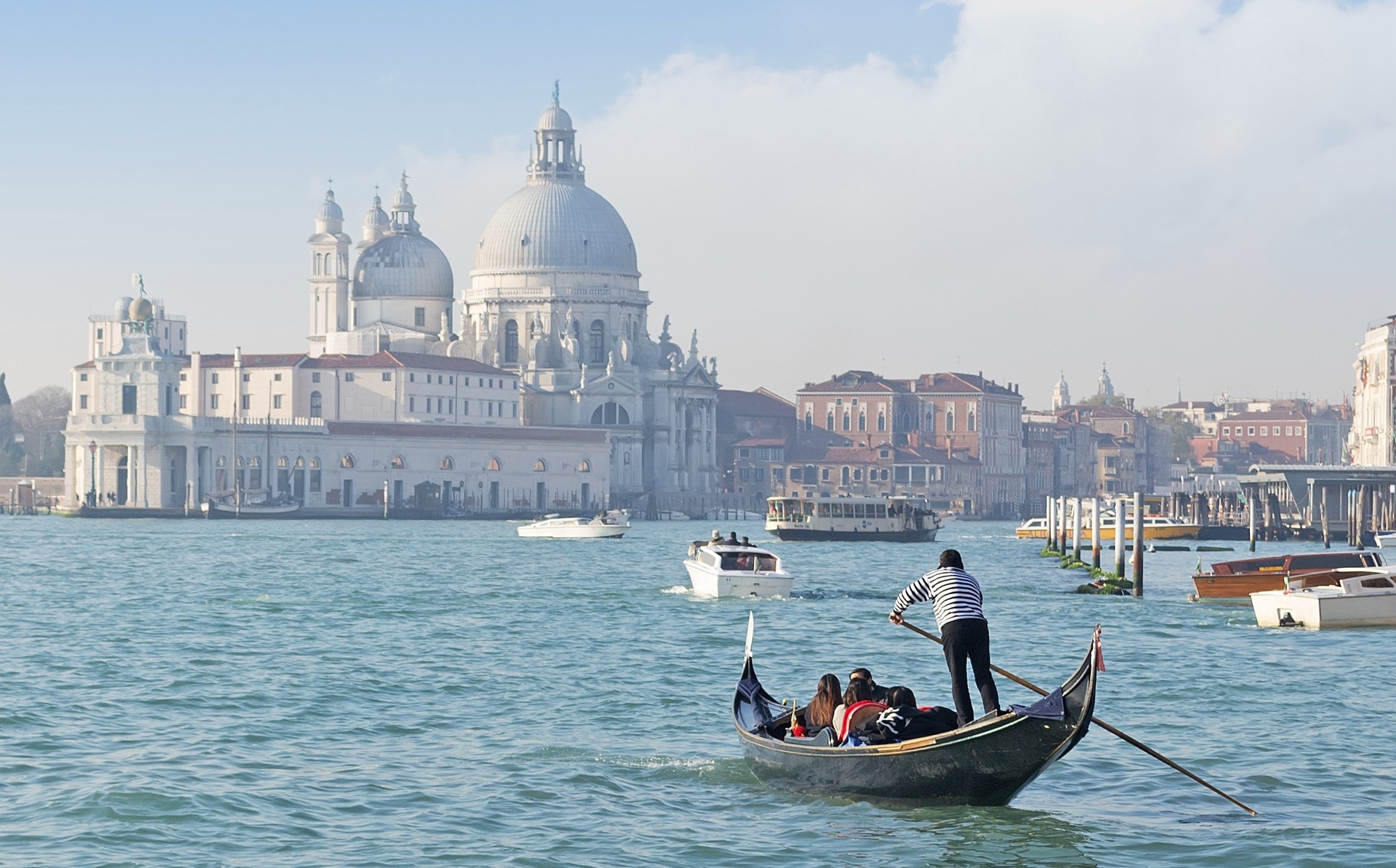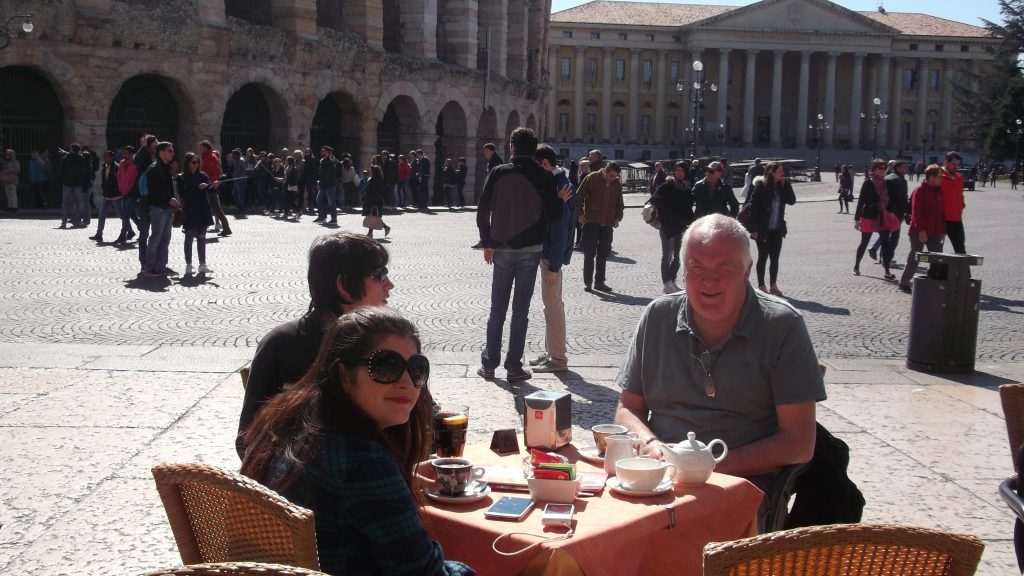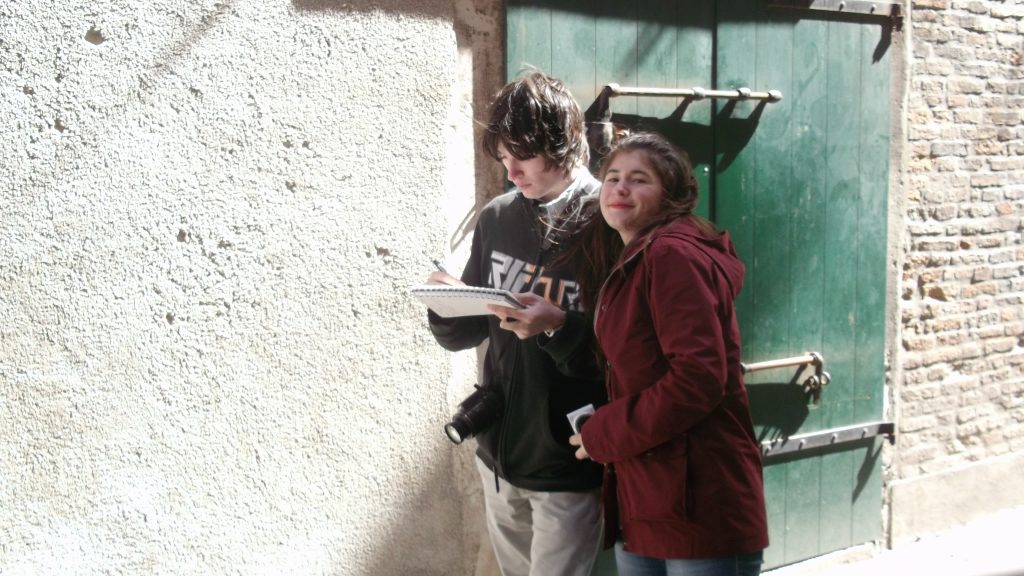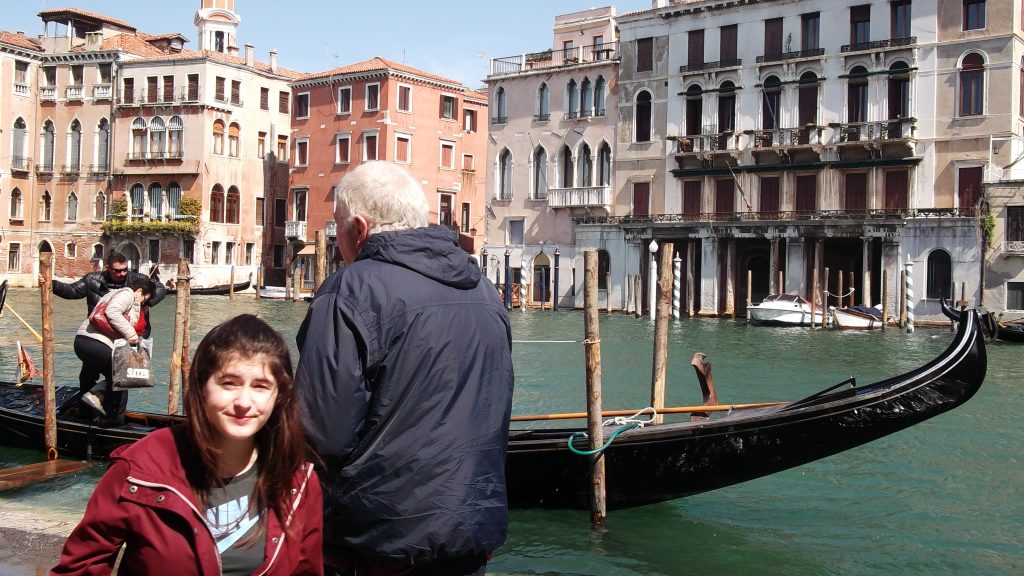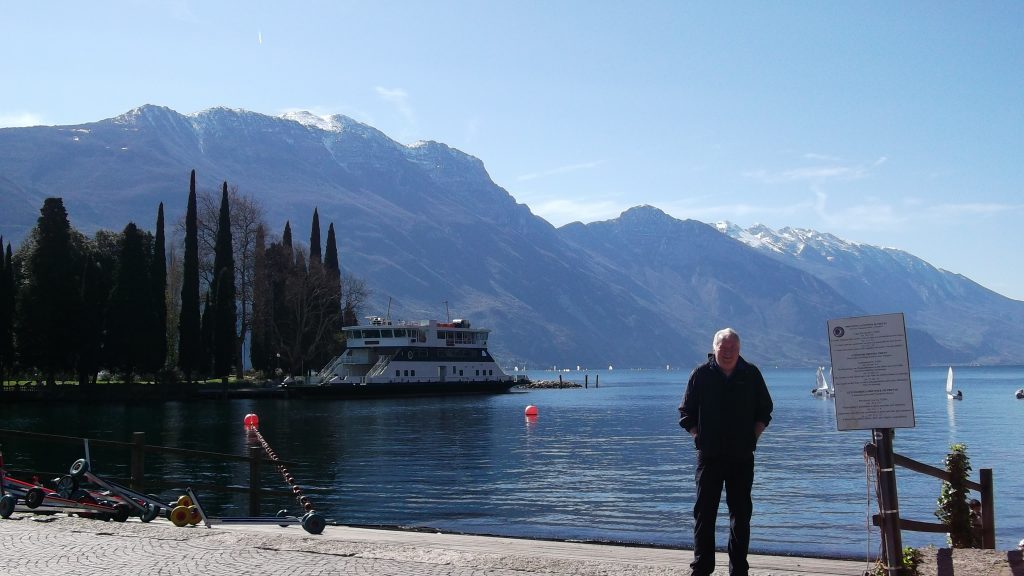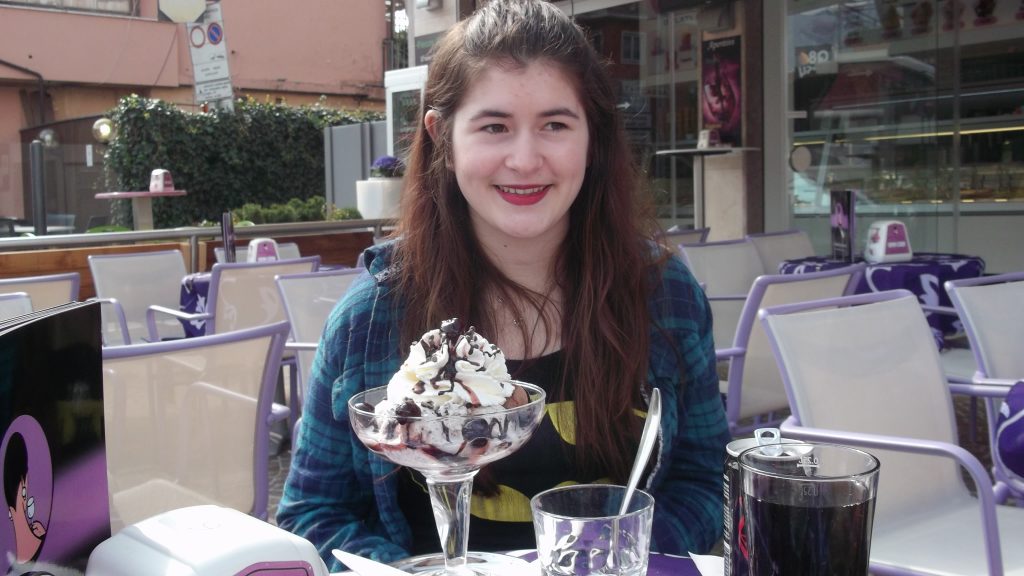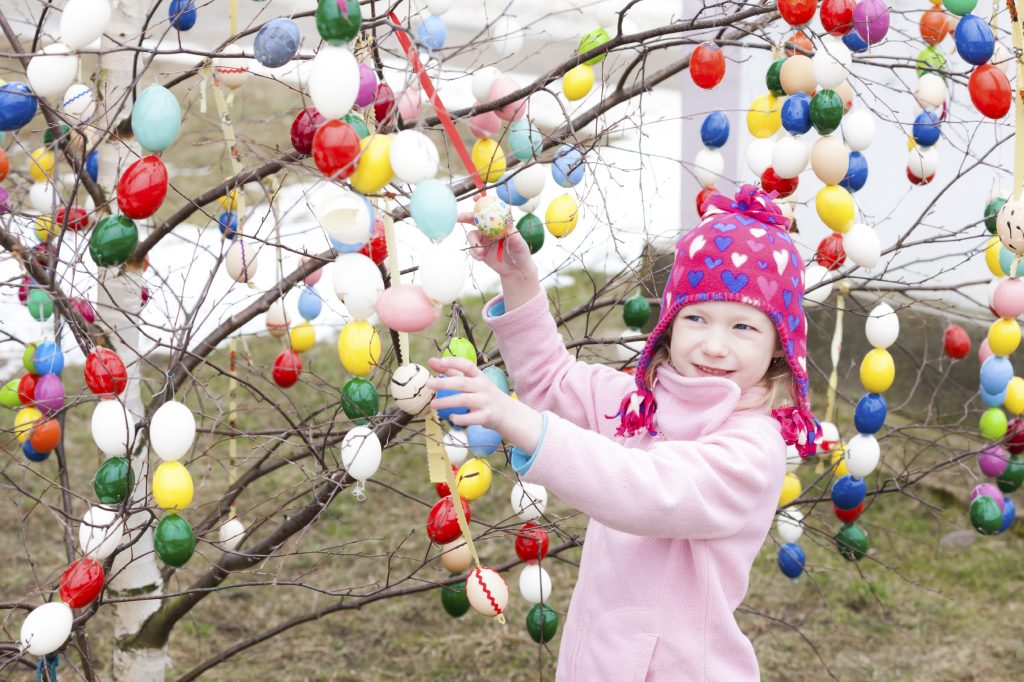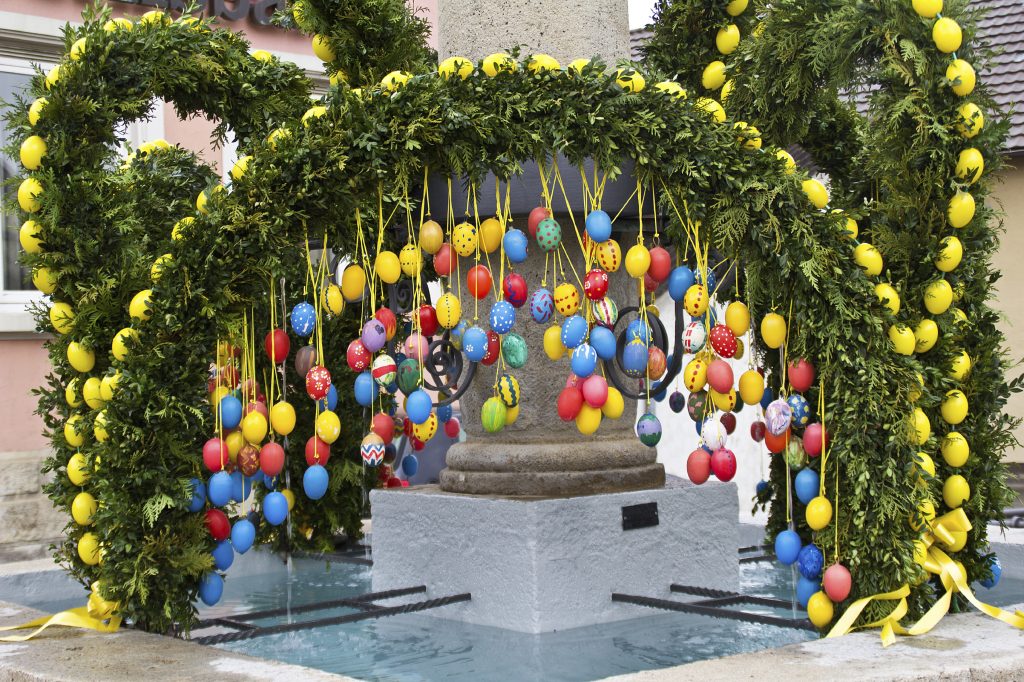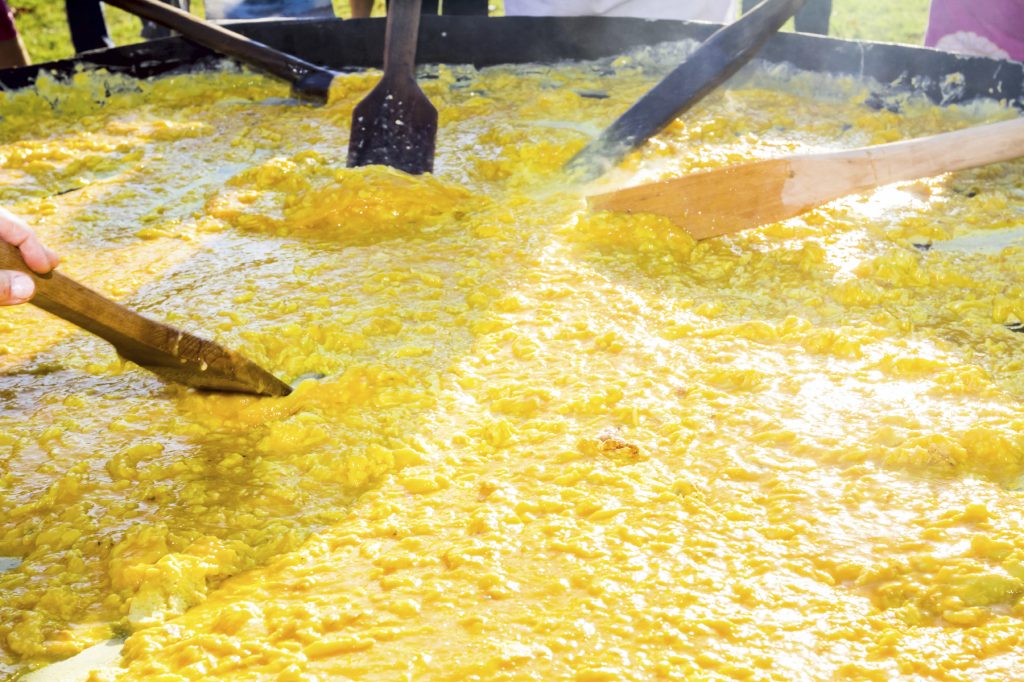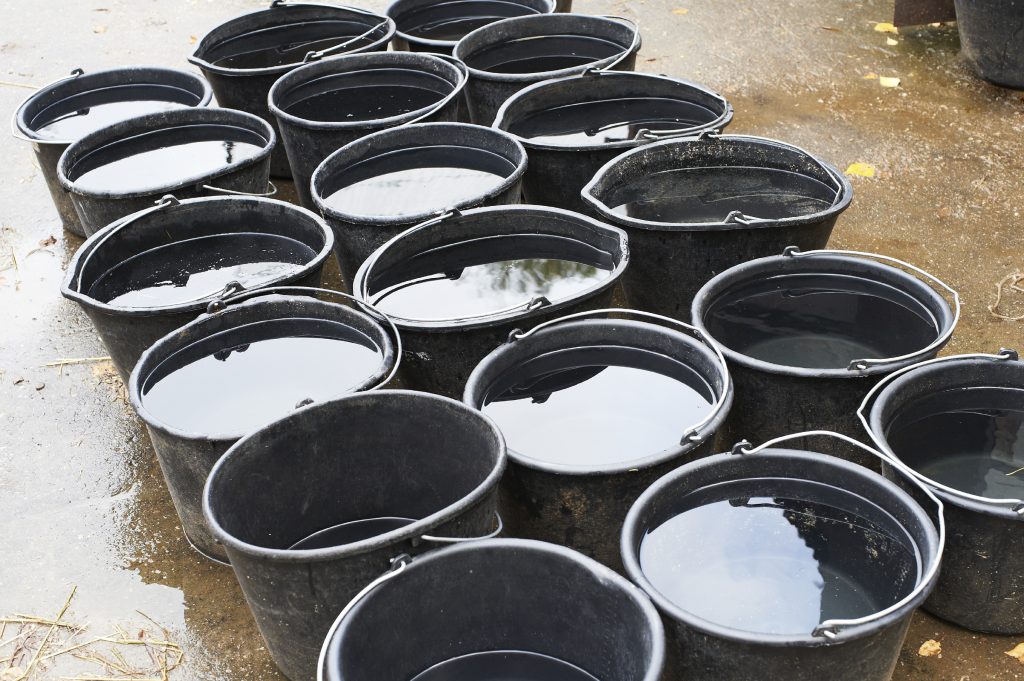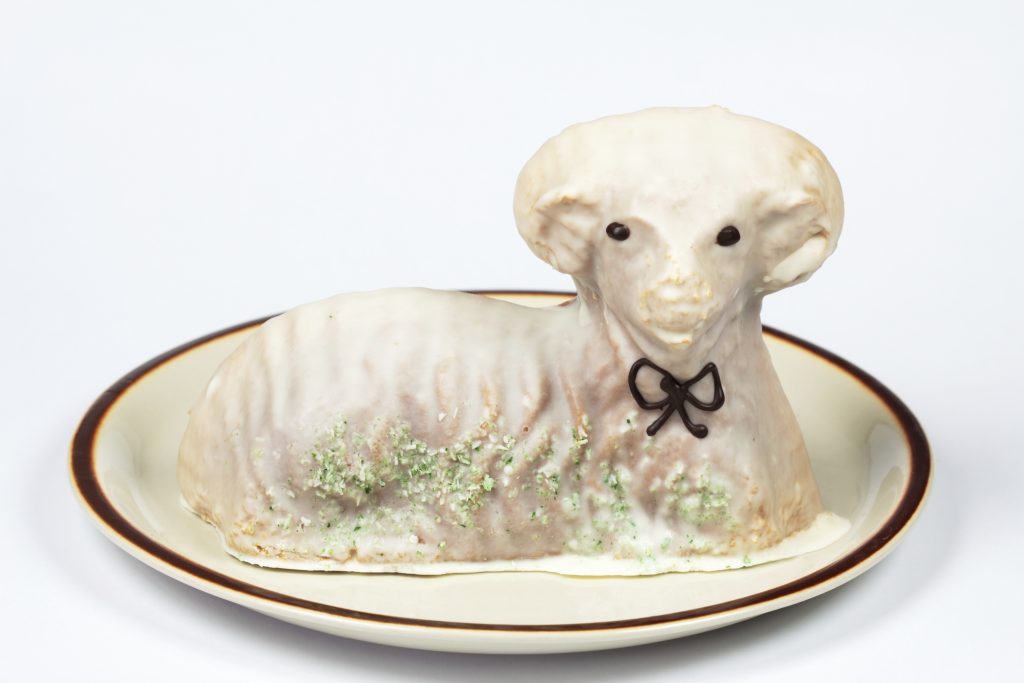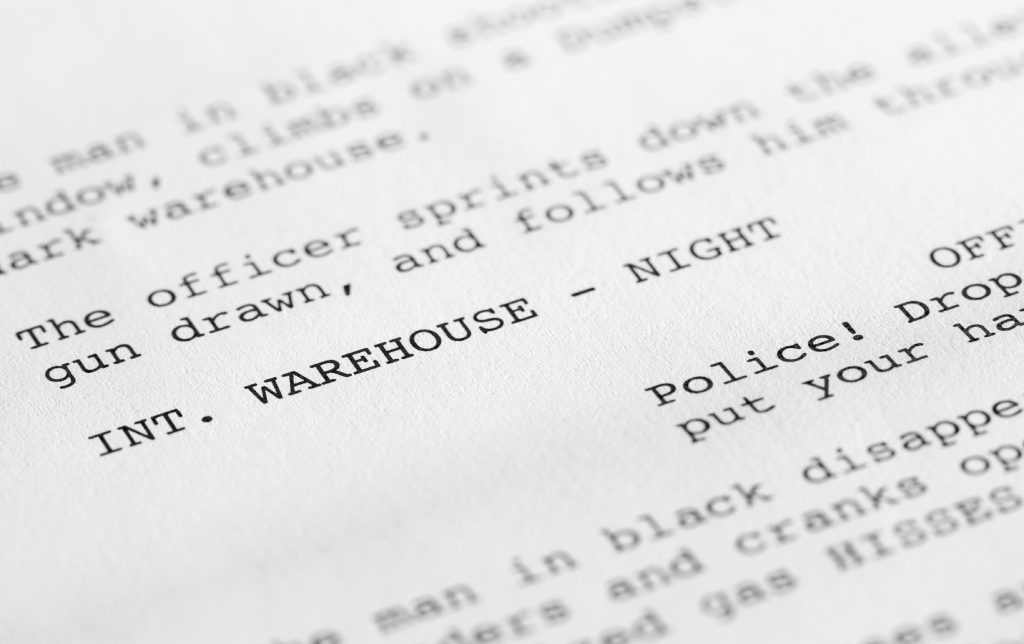It’s only a short hop across the Irish Sea, but there’s no lack of adventure in Ireland. It may be small but it can compete with that sense of adventure you would feel heading further afield, and possibly beat it hands down!
Of course, we love Dublin and we’ve all heard about the ‘craic’ to be had. If you’re lucky enough to be heading out on one of our many tours that head into the city, we’ve pulled together our top 10 things to see and do in Dublin for everyone to enjoy.
Visit the Guinness Store House
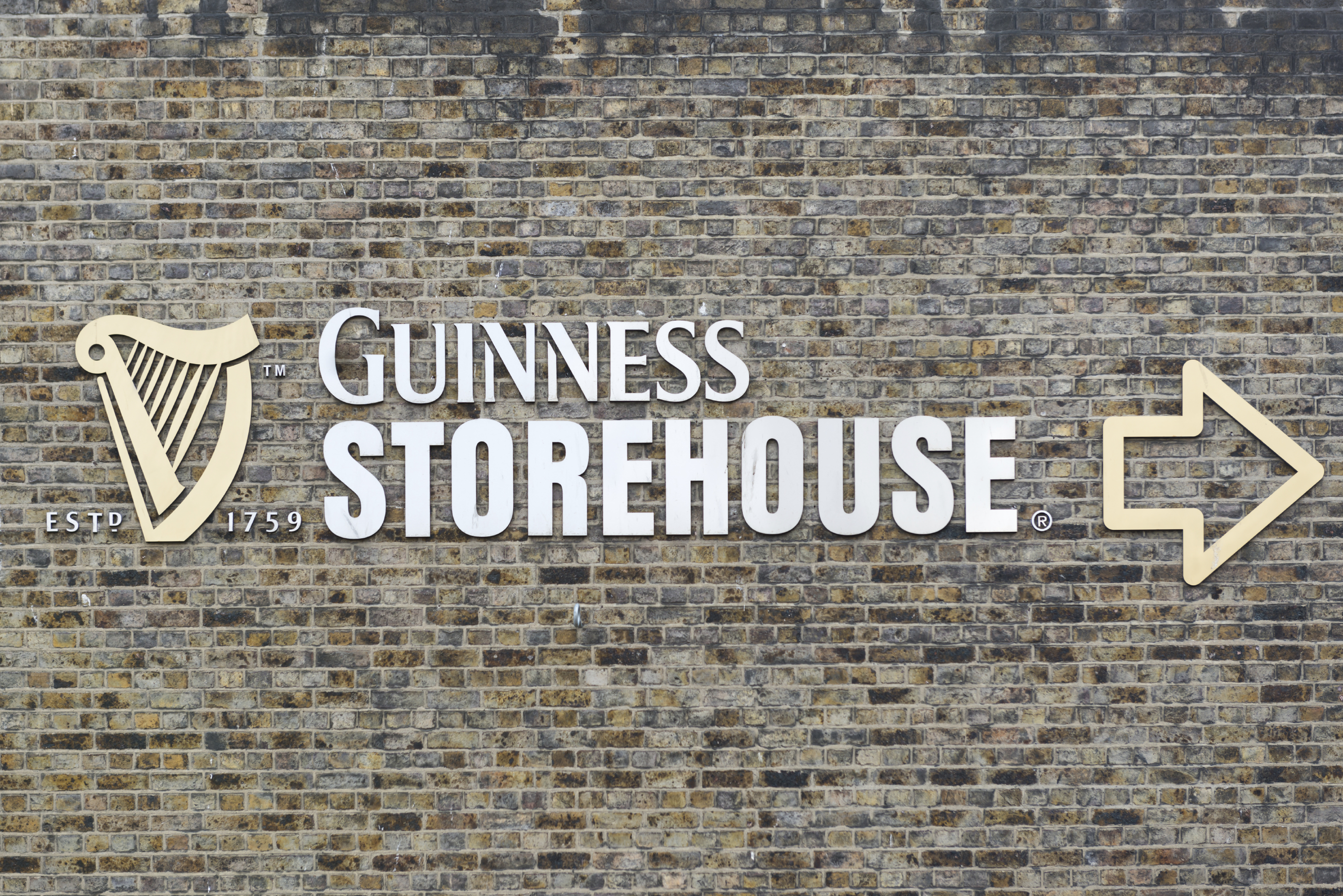
Funnily enough, the name Dublin, or Dubh Linn, comes from an Old Irish Gaelic phrase that translates to ‘Black Pool’. And just like the UK’s Blackpool, Dublin comes with a great reputation of being one of the most notorious party places in these isles. So, where better to start off than the Guinness Store House?
There’s no doubt the building is impressive. From the core of it being shaped like a pint glass to the insight into its history, brewing and even a masterclass in pulling the perfect pint, there’s plenty to see and do over its seven spectacular floors.
Head up to the top floor and you’ll find the Gravity Bar. Here, you’ll get a spectacular view over the city and, maybe more impressively, a complimentary pint of the black stuff. After all, after exploring the world of Guinness, you have to do a taste test.
Take a Wander Across Ha’penny Bridge
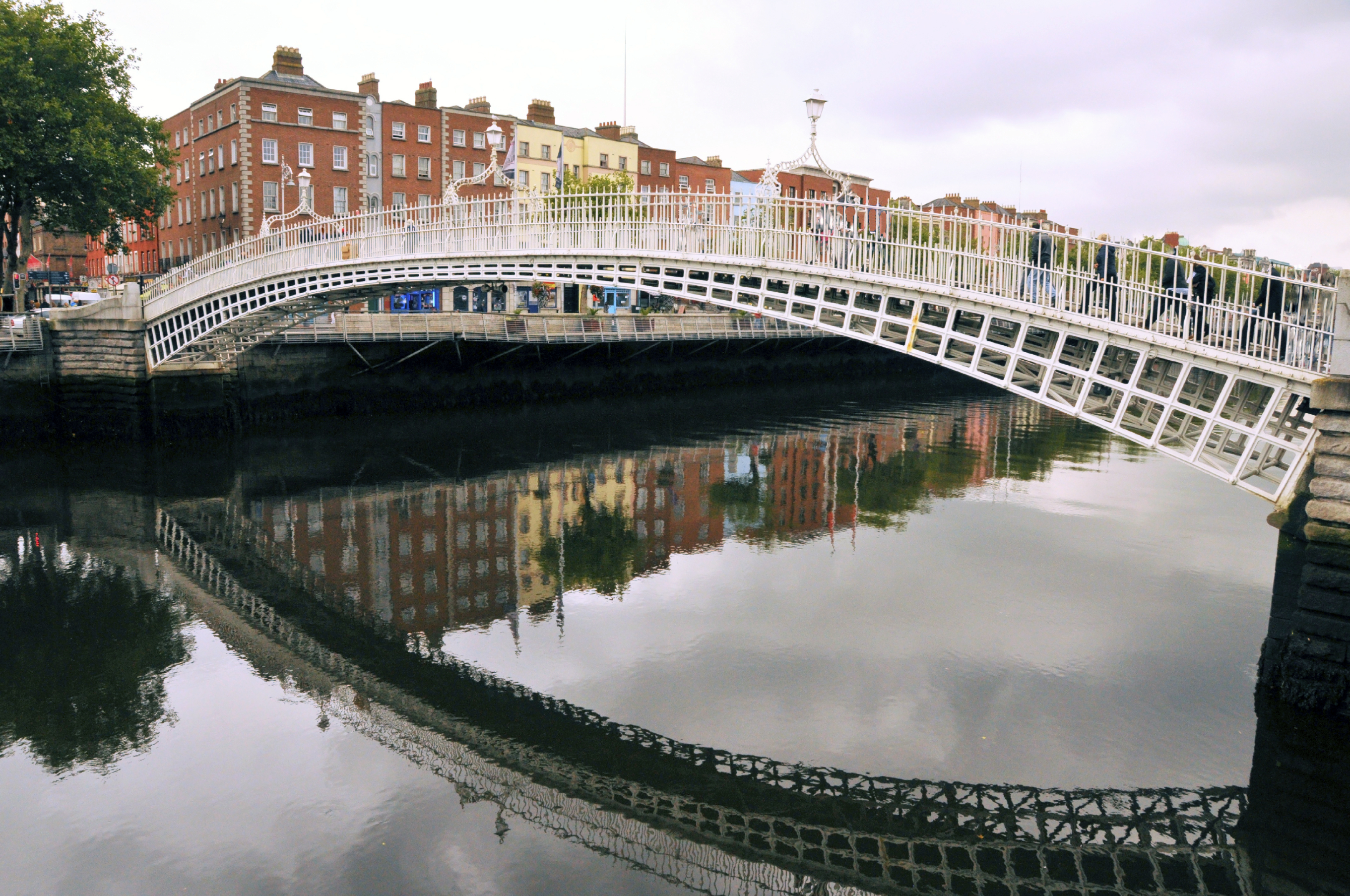
The Ha’penny Bride is the most iconic of Dublin’s bridges so it’s definitely worth a visit. Built in 1816 it was the first iron bridge in Ireland and has become the charming symbol of Dublin.
It was originally the Liffey Bridge, after being the only pedestrian bridge over the River Liffey, however, it gained its new name due to the half-penny toll charge to cross the river.
The reason? Before the bridge was built, a ferry was used to take passengers from bank to bank for half a penny. The bridge toll was introduced as soon as it was built, payable to the city alderman, who also happened to be the owner of the ferry. Unsurprisingly, he decided to get rid of the ferries and was compensated with a lease on the bridge for 100 years. Don’t worry if you can’t find a ha’penny though, the charge no longer applies, so you’re free to wander across and get some fantastic photos.
See St. Patrick’s Cathedral
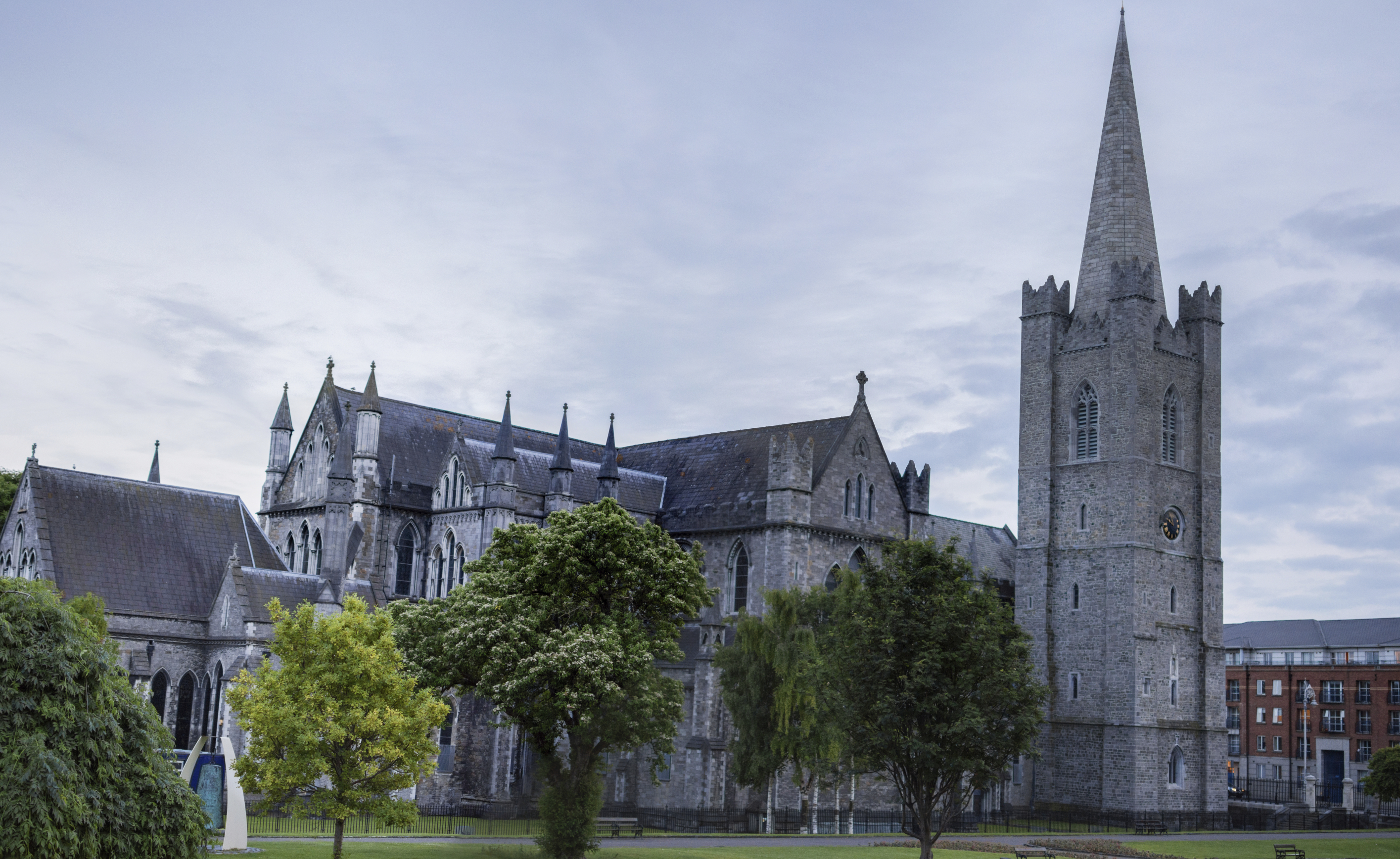
Built in honour of their Patron Saint, the one and only St. Patrick, St. Patrick’s Cathedral is one of the most popular attractions in the city and is situated close to the city centre, which is a relief as Dublin covers a land area of 44.5 miles.
Founded in the 12th century, it’s Ireland’s biggest church and it sure packs a punch when it comes to historical significance. In 1649, Oliver Cromwell converted the cathedral into a stable for his army horses during a visit to Ireland, Jonathan Swift, the author of Gulliver’s Travels, was dean of the church between 1713 and 1745 and due to storm and fire damage, the cathedral has been renovated several times.
Take a Look around Trinity College
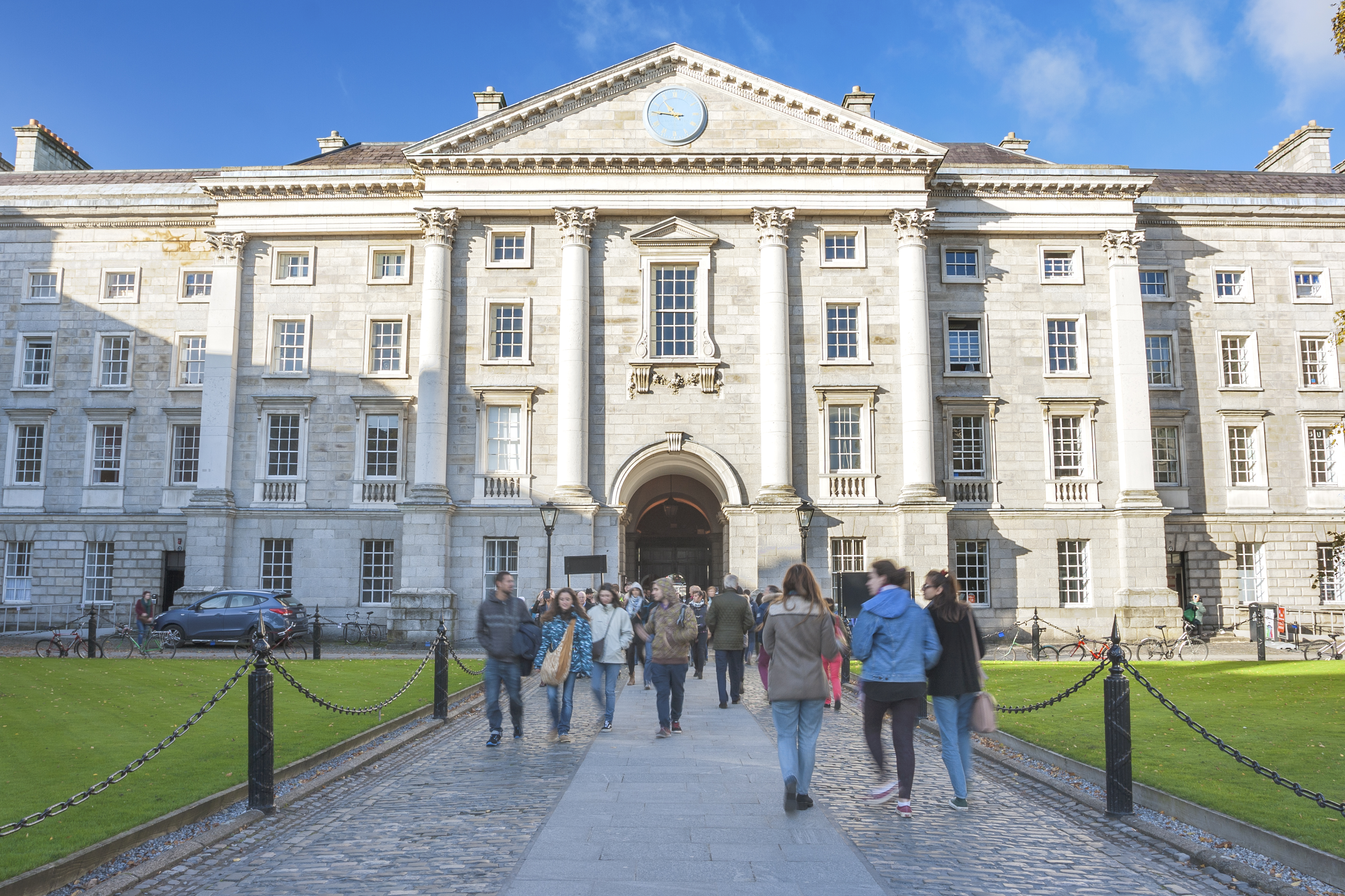
Trinity College is Dublin’s ancient University set up by request of Queen Elizabeth I. The famous college boasts some much celebrated graduates including Oscar Wilde, Jonathan Swift and Bram Stoker.
The college is also home to the sacred manuscript, ‘The Book of Kells’. The illuminated gold manuscript was made by Celtic Monks around 800 AD and contains the four gospels of the New Testament. It’s said to be the greatest cultural treasures in Ireland and the world’s most famous medieval manuscript so is certainly well worth the visit.
Shop ‘til you drop on Grafton Street
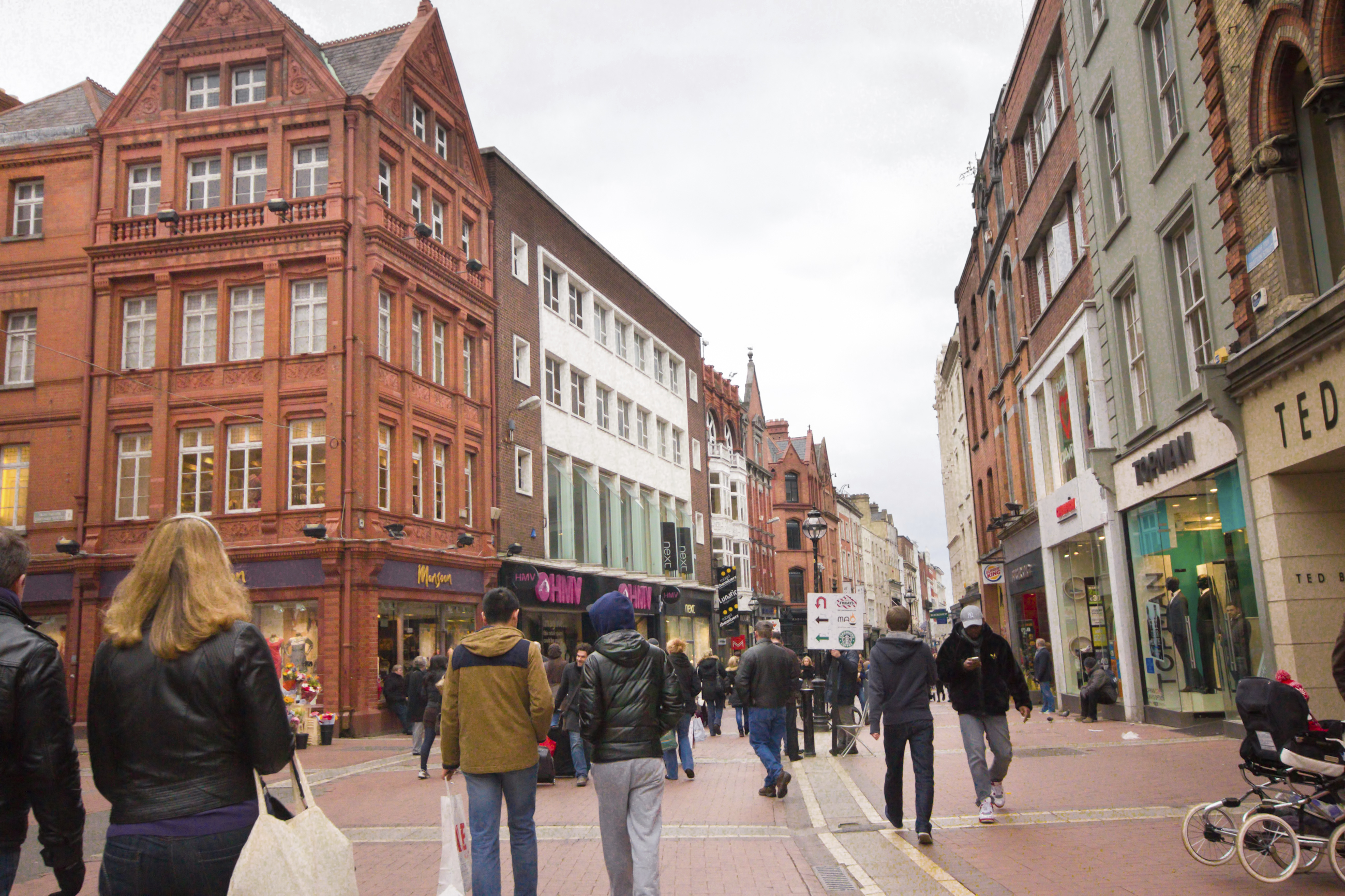
Get your fill of shopping and culture on Dublin’s world famous, Grafton Street. It’s one of the two principal streets in Dublin, with something to suit all tastes amongst its high street to high-end shops and plenty of cafes, restaurants and bars.
If shopping is not your thing, you’ll be glad to know there’s plenty of entertainment on offer to keep a smile on your face too. The street has become renowned for being a launch pad for up and coming artists and has even played host to U2’s Bono and Damien Rice in the past.
Head Down to Temple Bar
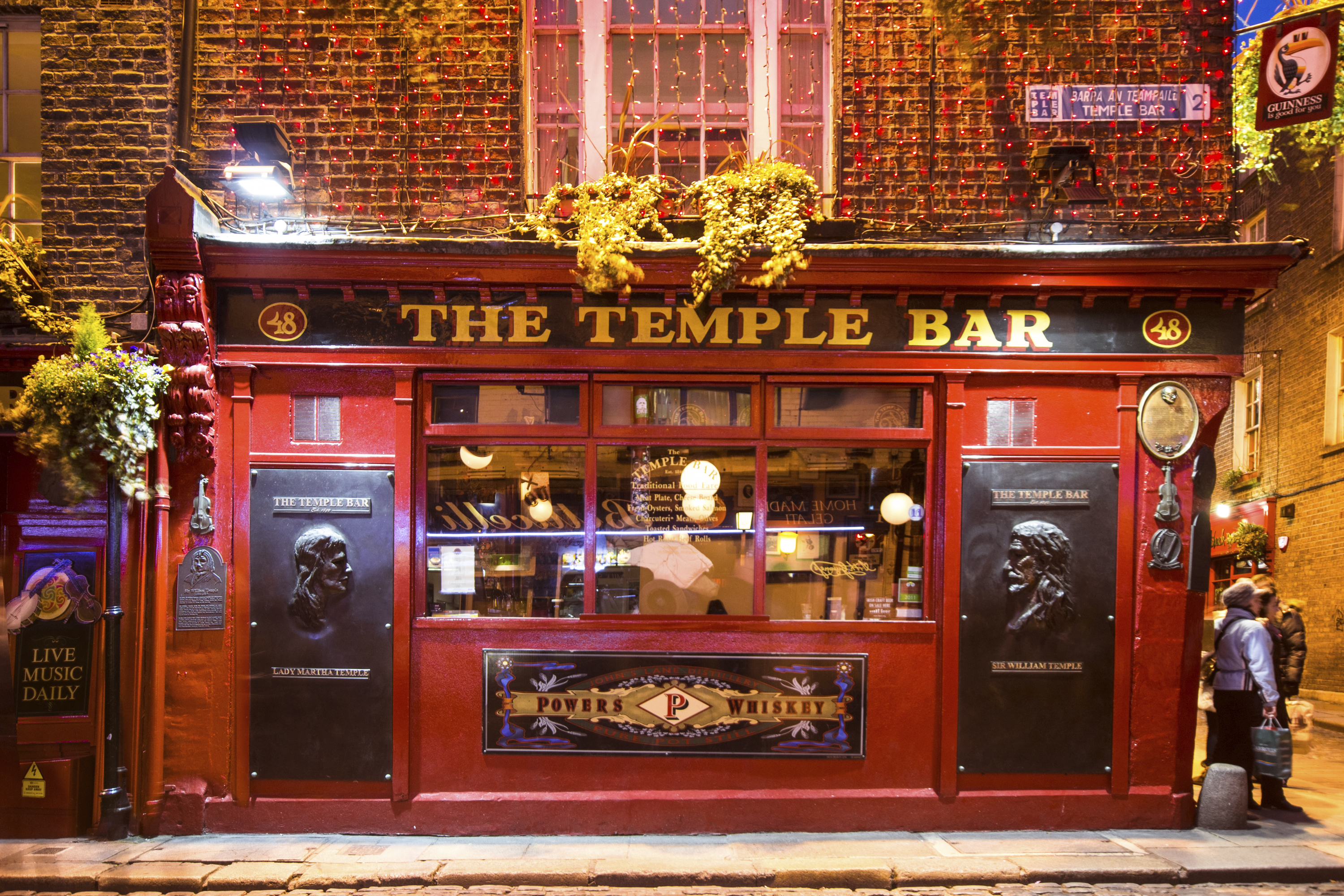
The city of Dublin has 666 licenced pubs – now that’s a lot to choose from! The most famous area to visit whilst in Dublin is the Temple Bar area.
With popularity comes the reputation, but Temple Bar is actually one of the city’s most charming neighbourhoods. With its cobbled streets and architectural splendour, there are plenty of bars, cafes and galleries to pick from. It may sound cliché, but, there really is something for everyone.
Visit the Brazen Head
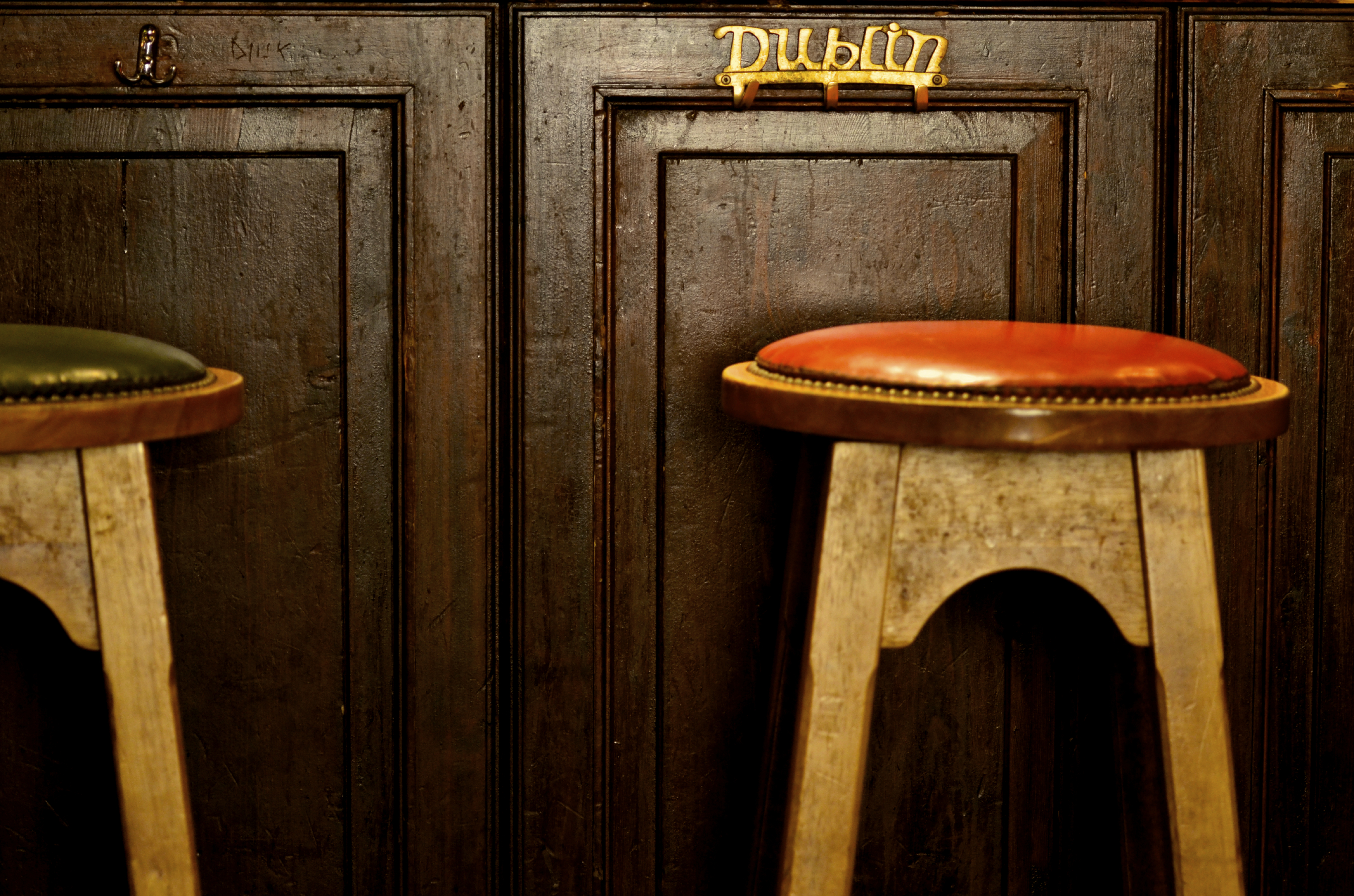
Dublin’s oldest pub, established in 1198, is said to have a number of famous patrons including author James Joyce, who actually mentioned the pub in his novel, Ulysses; author of Gulliver’s Travels; rebel Robert Emmet is said to have planned an uprising in the Brazen Head and it’s also said that Robin Hood might have drunk there.
Today it offers warm fires and traditional music and a fantastic ‘good time’ atmosphere – a great place to enjoy history and culture, and after a long day of sight-seeing, a well-deserved drink.
Take in the delights of St. Stephen’s Green
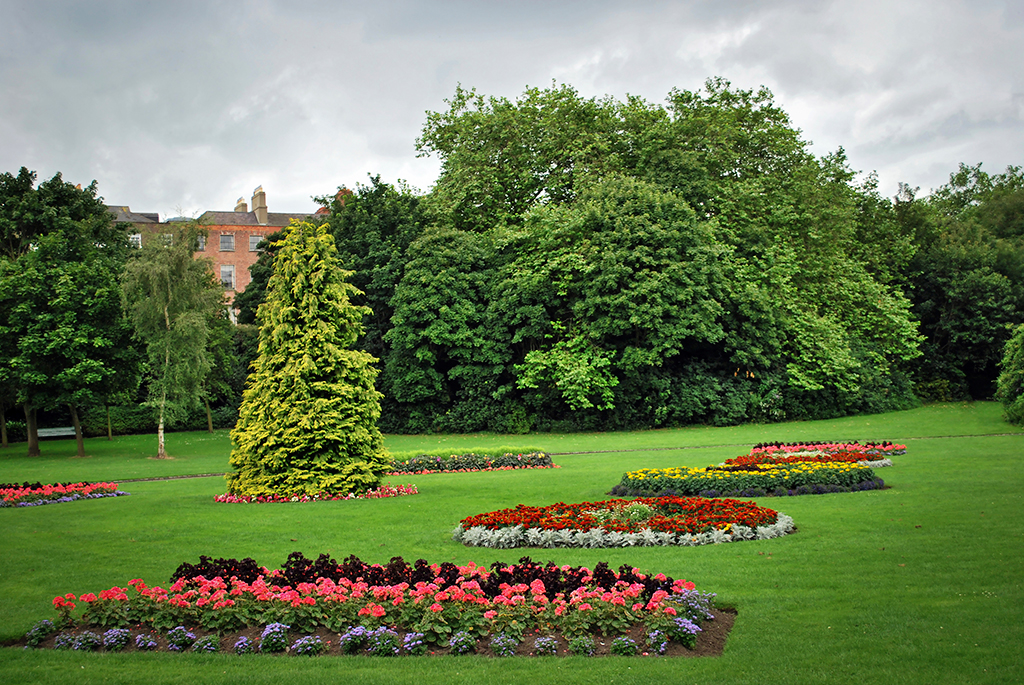
If you’re looking for a bit of heritage, head into St. Stephens Green. The Victorian park has over 3.5km of pathways with waterfalls, an ornamental lake and some beautiful Victorian shelters to see out any passing bad weather.
If you’re around the green in the summer months, there’s some fantastic lunchtime concerts to enjoy whilst you’re there. You can also find some fantastic traditional pubs not far away.
See the Famous Old Jameson Distillery
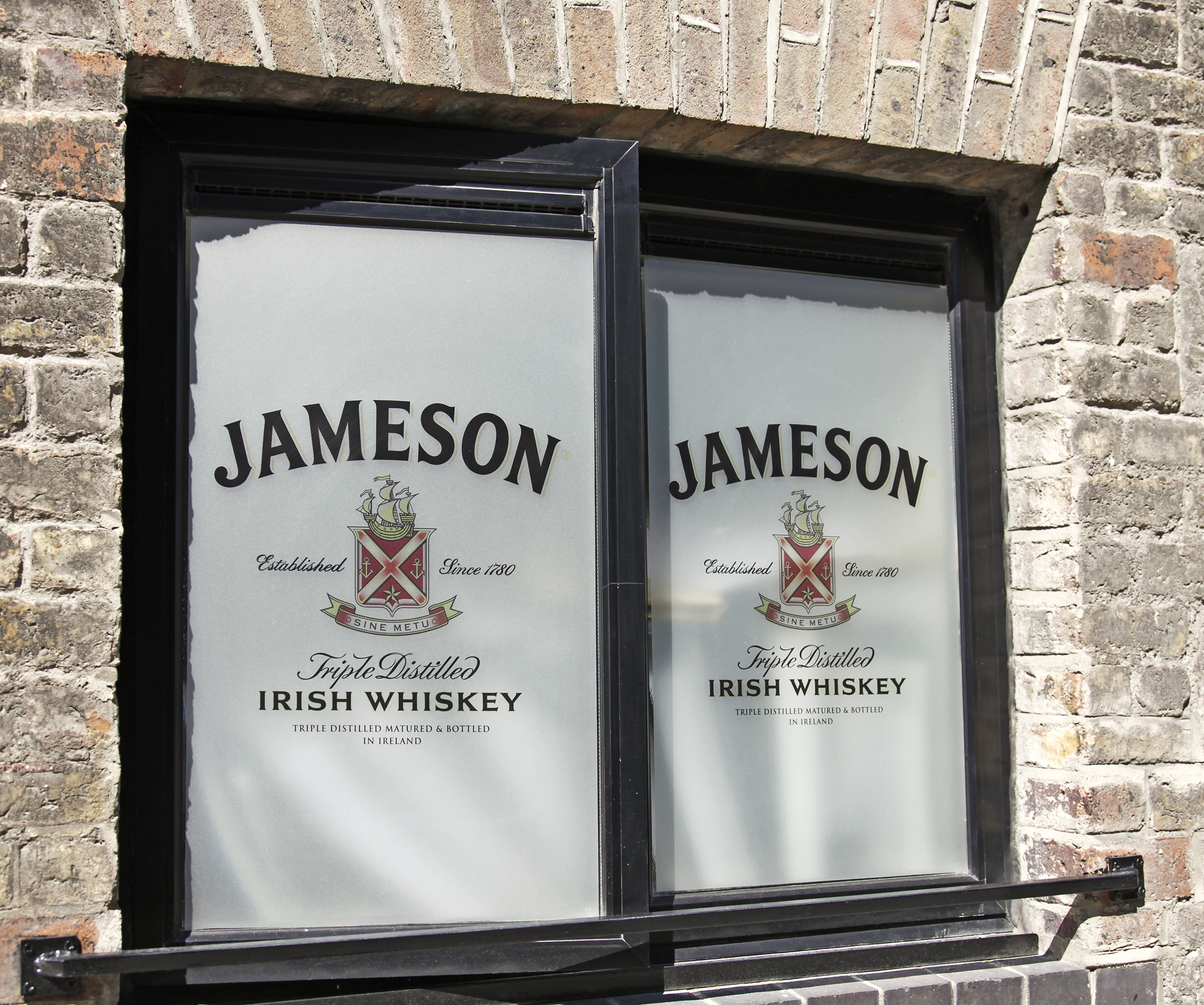
A great attraction for anyone who is devoted to the devoted to uisce beatha, ‘the water of life’.
Set in a recreated distillery scene, the Old Jameson Distillery gives all visitors the chance to learn how three ingredients make the world’s favourite Irish whiskey! Enjoy a whisky tasting experience, have a spot of lunch in the restaurant and treat yourself or your loved ones to some authentic souvenirs from the gift shop.
Enjoy Wicklow Mountains
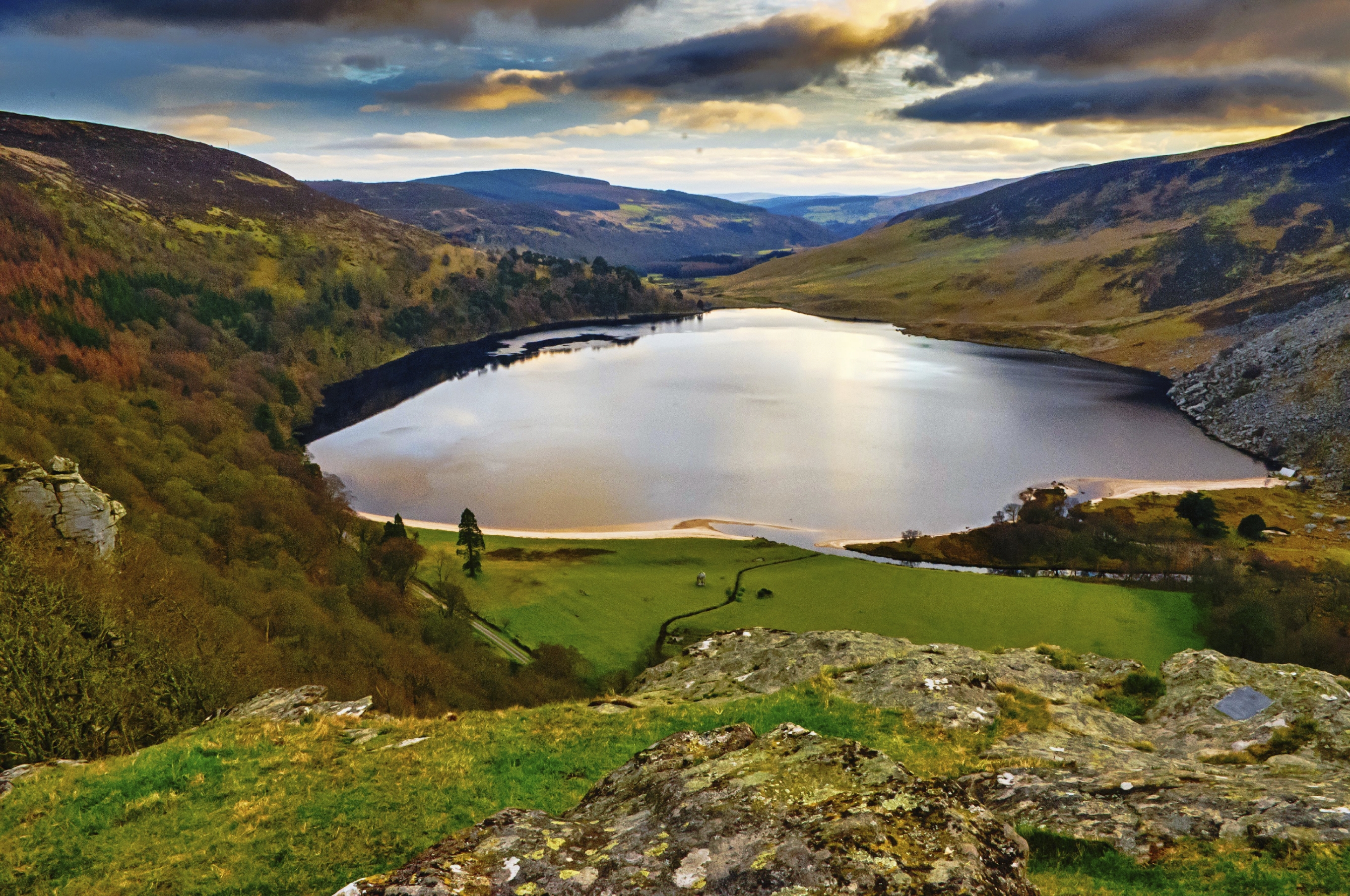
If you fancy something different, a quick escape away from the city might be just up your street. On our St. Patrick’s Day in Dublin tour we head off for a drive into the Wicklow Mountains.
The National Park is the largest continuous upland area in the whole of Ireland and it stretches into Counties Carlow, Wexford and Dublin. It’s a great way to blow off the cobwebs if you’ve had one too many Guinness over the weekend, but if you do fancy hair of the dog, we even stop off at a country pub before heading back to Dublin for your last night.
Fancy the craic? Find out more about our tours to Ireland on our tours page, here.

